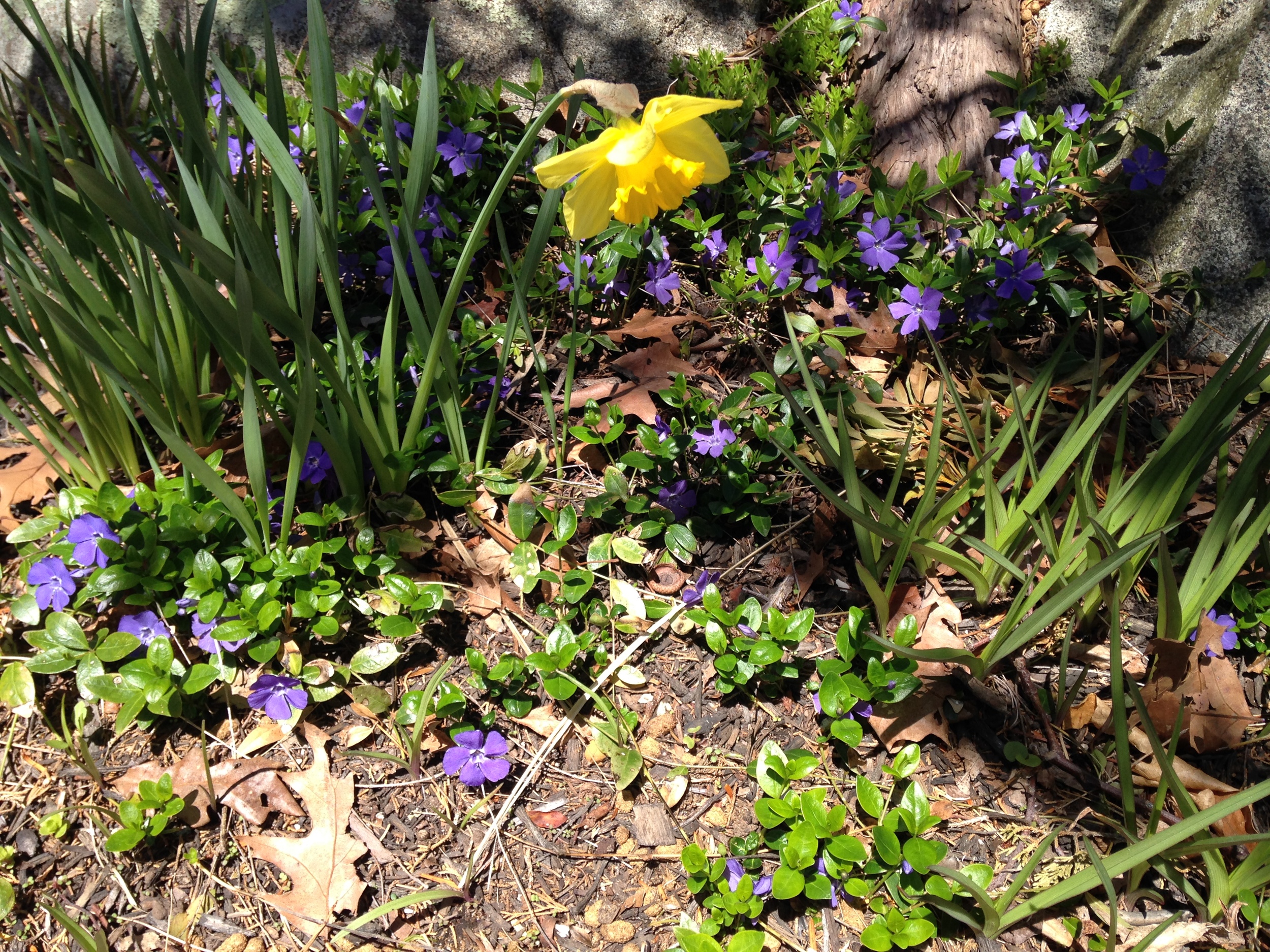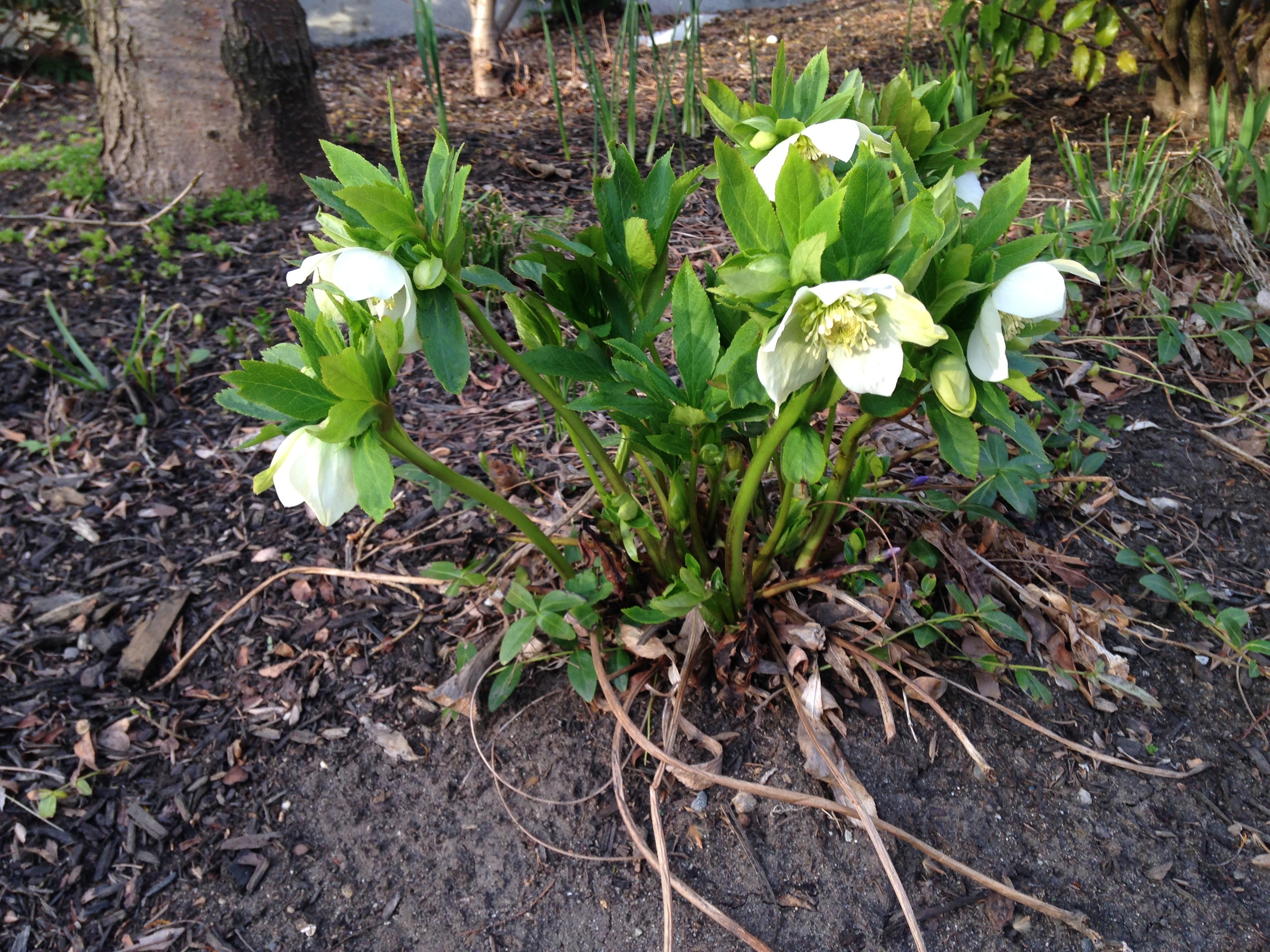It is amazing how fast Spring flowers can cause our memories of the snowy winter to fade away. We have been very busy the past few weeks getting the season started off. There certainly is a lot of cleaning up and prep work to do out in the garden. Perennials are coming back fast and furious and many trees and shrubs are already starting to leaf out. Because of the many plants in bloom right now we decided to share some classic sights of Spring, rather than pick one particular species for our bloom of the week. Please feel free to share some of your favorite Spring flowers with us!

























